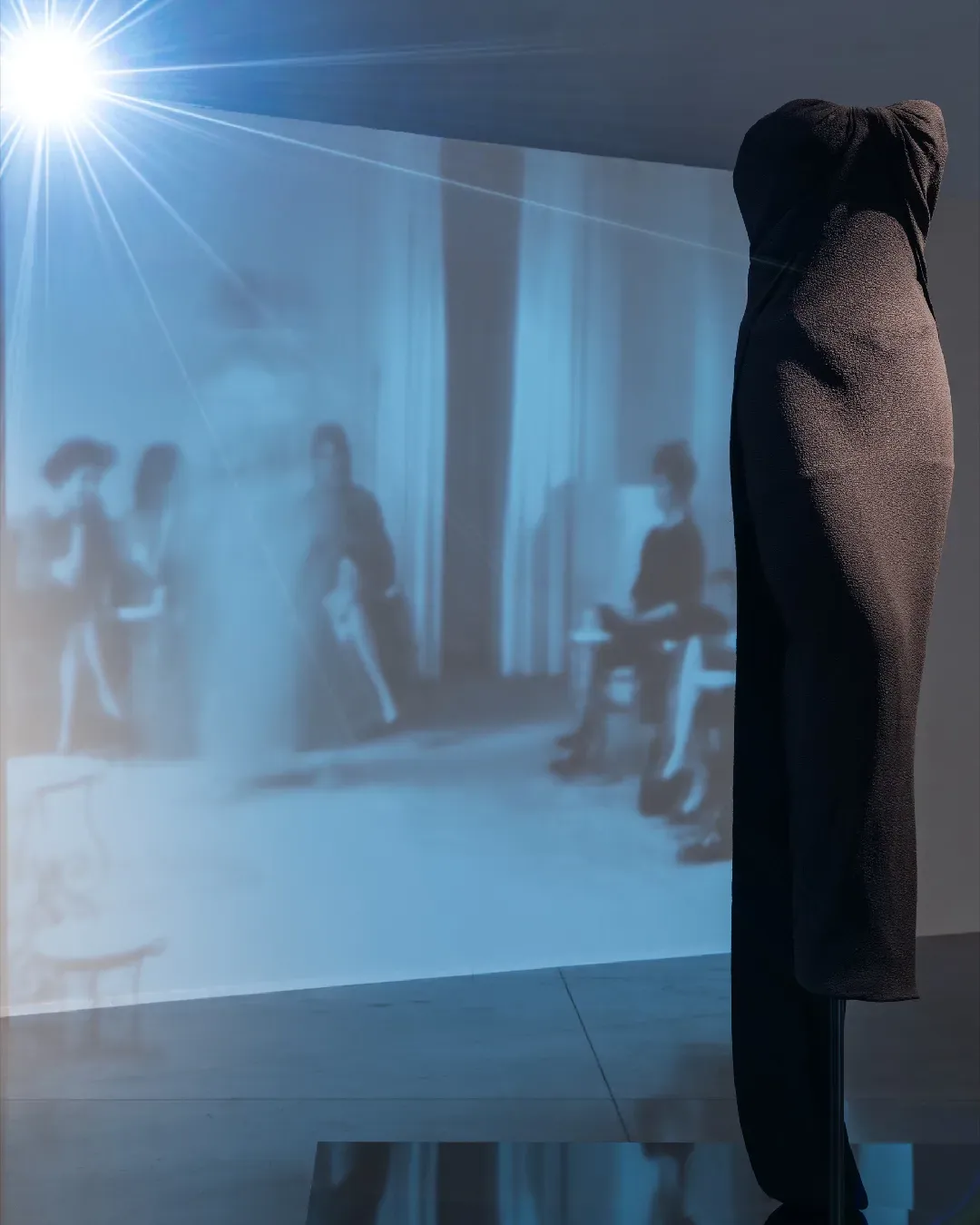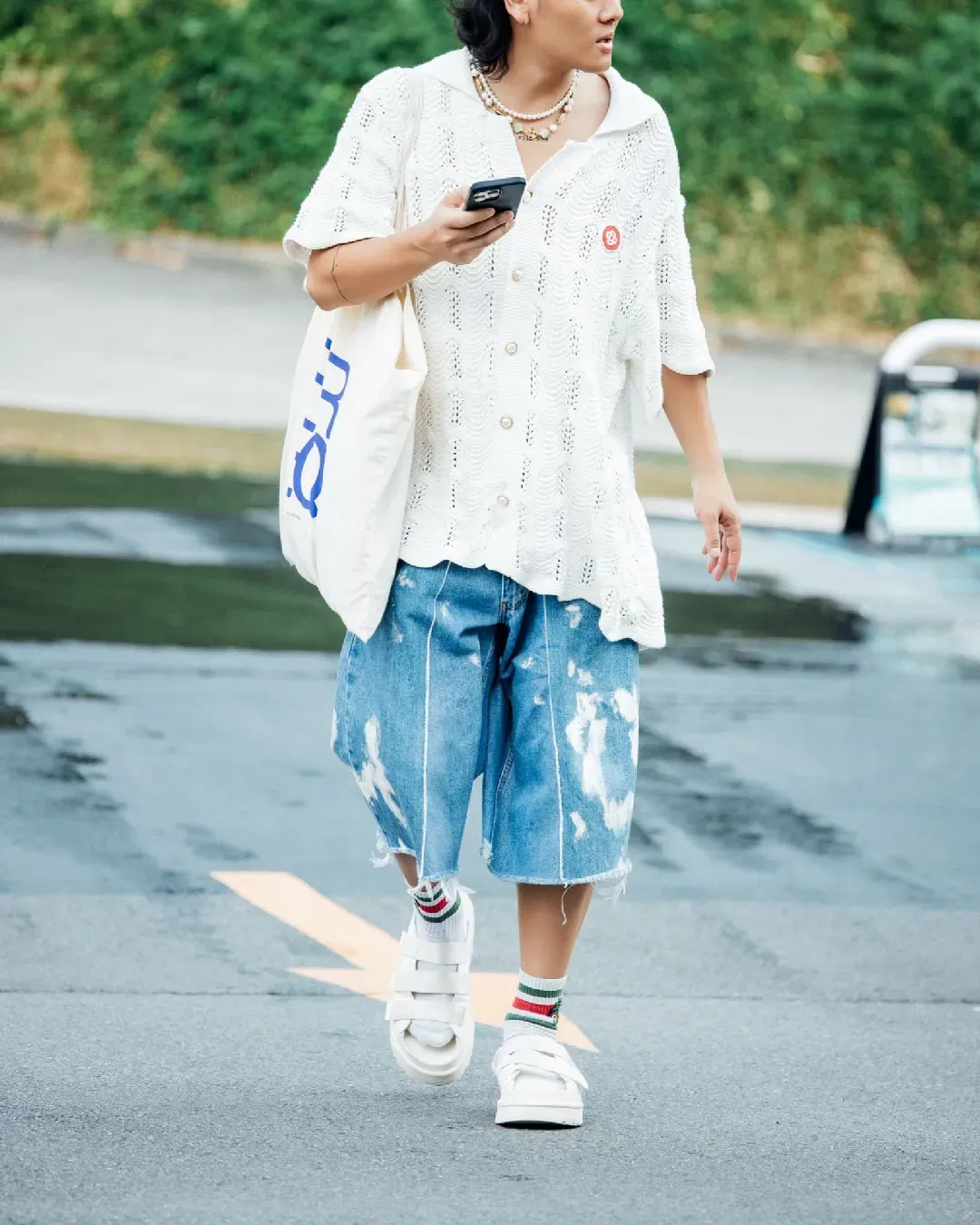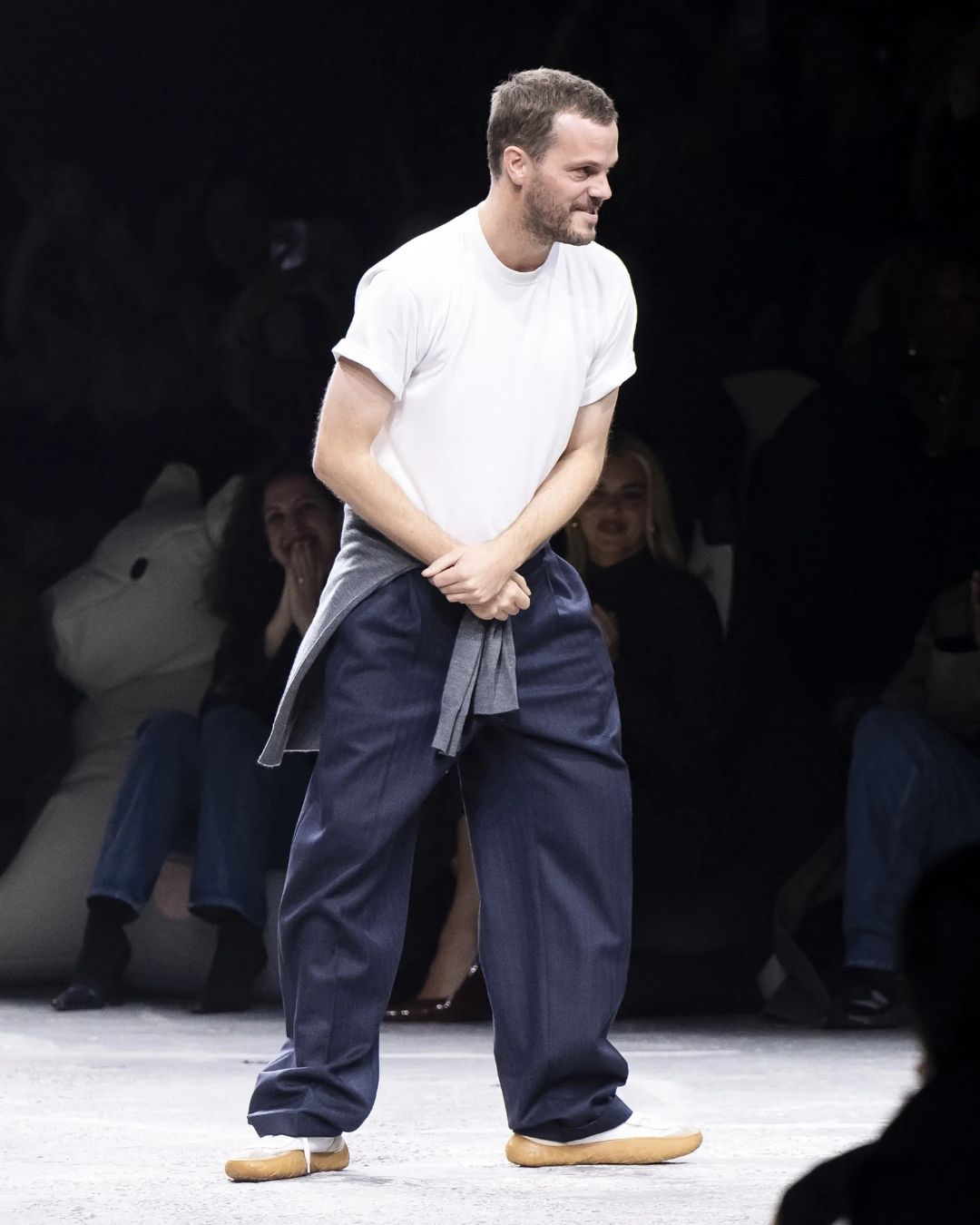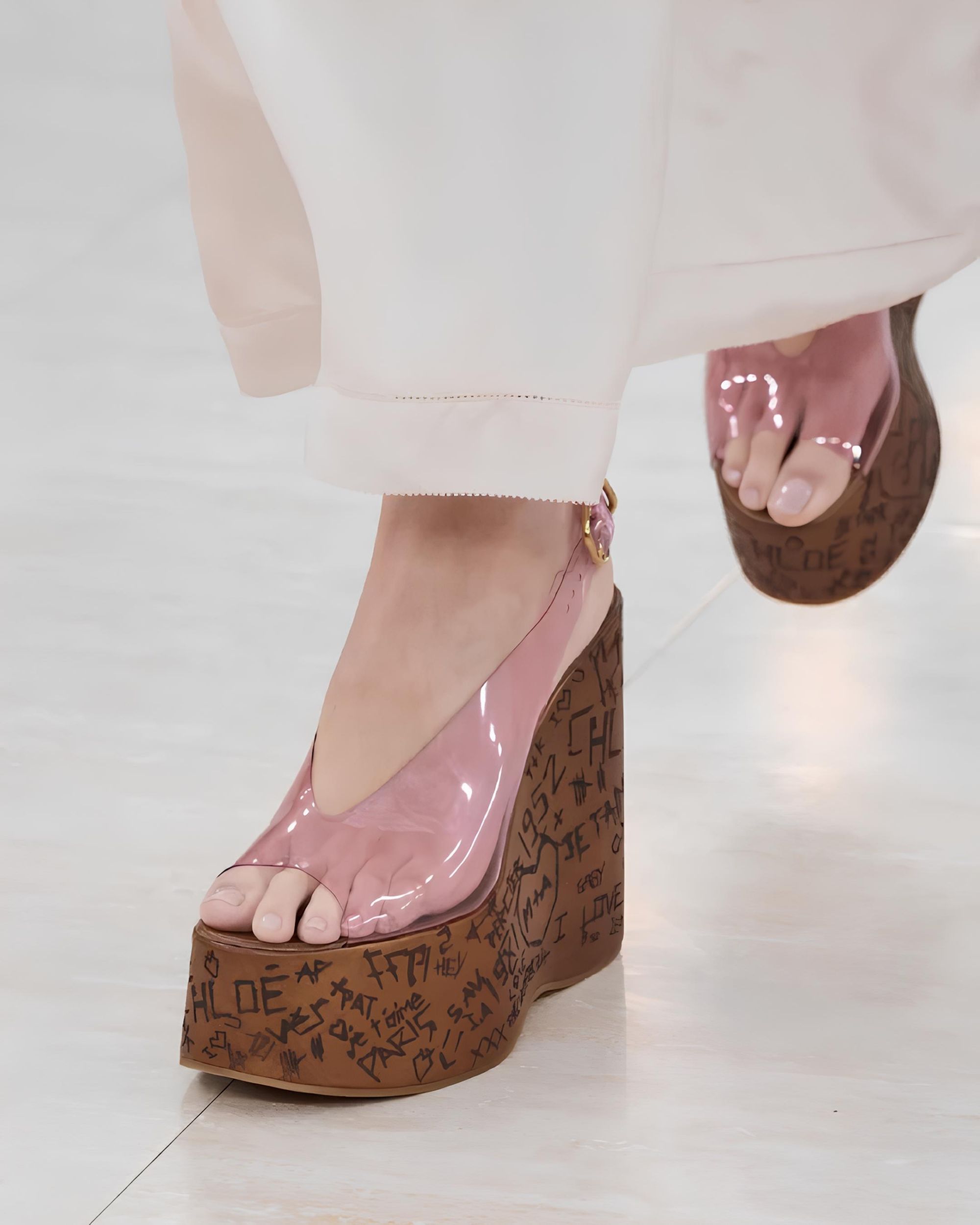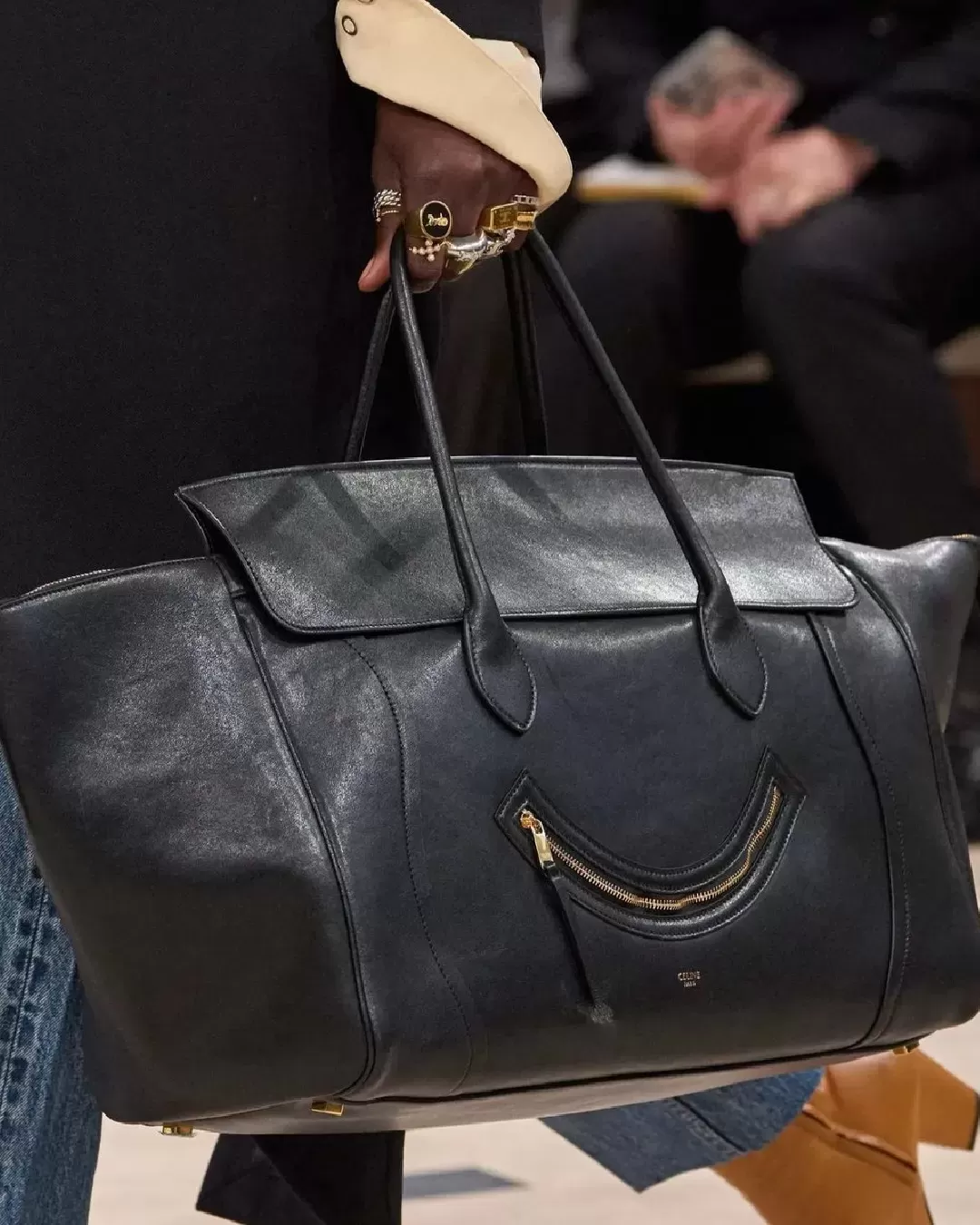
After Balenciaga, what is the future of show notes? «I’ve decided to no longer explain my collections and verbalize my designs», wrote Demna
Yesterday's Balenciaga show was, as usual, full of references, quotes and easter egg. And if what happened on the runway caught everyone's eyes and attention (after all, you go there for that) one very interesting detail of this collection was its show notes in which Demna explains his desire to do away with show notes: «I’ve decided to no longer explain my collections and verbalize my designs, but to express a state of mind. Fashion is a visual art and all we need is for it to be seen through someone’s eyes. Fashion in its best case scenario should not need a story to be sold to someone. You either like it or not. The set of this show is a metaphor for digging for truth and being down to earth. Let us let everyone be anyone and make love not war». It is an undoubtedly ironic message from a designer who has mastered the art of irony over the years but one that rings especially true in an age when the gap in meaning between the clothes that are seen on the runway and the show notes that are delivered to the press is widening more and more, touching cerebral heights of intellectualism that are utterly abstruse compared to the collection being presented. So does Demna's message represent designer fatigue with respect to the posturing narratives that PR teams find themselves inventing? Are we ready to say goodbye to show notes?
Show notes pic.twitter.com/EftdnRI0SN
— Rachel Seville Tashjian (@theprophetpizza) October 2, 2022
If we wanted to step back in time and see what the show notes of a 1980s fashion show contained, we need only look at the press releases of Gianfranco Ferrè's 1980s shows, preserved in the archives of the foundation of the same name, and consisting essentially of a list of topics such as "the garments," "the colors," "the materials," and so on. The typical press release of forty years ago, in short, contained information about the clothes that became neither conceptual creative flights nor a broad reasoning that transcended its purpose. In fact, many of the show notes that are delivered to the press today tend to explain in many lines of text concepts that can be summarized in a few sentences and teem, at best, with terms such as "iconic," "archetypal," "urban codes," and "progressive," while, at worst they ramble aimlessly enunciating concepts unrelated to the collection that is to be shown. The fact is that often these intellectual acrobatics try to conceal poverty of ideas and inspiration under a blanket of catch phrases ending up increasing the reader's distrust in the fashion system itself and its ability to admit its own occasional banality - which is not a bad thing in itself, the important thing always remains the quality of the clothes and designs. Demna's view then is that fashion collections do not necessarily need a story: fashion must be appreciable instinctively as a phenomenon in and of itself. One could read, in a watermark to this opinion, a polemic toward those designers who use overly complicated storytelling. If the concept of a certain dress is not self-explanatory, then perhaps a concept is not too necessary - just as if a joke needs to be explained, it's not a funny joke in the first place.
In fact, in recent years many show notes have become progressively more stringent: Hedi Slimane, for example, without launching into philosophical considerations, writes the bare minimum about his own Celine collections, perhaps contextualizing the history of the location or the music accompanying the show, but without getting lost in turns of phrase; even J.W. Anderson restricts her show notes to a succinct paragraph in which the concept of the collection is broadly explained, the meanings of which are not embroidered on much later, while Gabriela Hearst at Chloé tends to use more lines but only to explain the technical features of the collection. On the other side of the spectrum, however, we find poems, autobiographical pamphlets, entire paper apparatuses complete with glossaries, ecumenical messages that sound like papal bulls, and icy verbal choreography somewhere between press releases and Giulio Carlo Argan's art theory books to talk about blazers or gowns. Are we guilty of cynicism if we say that, in an age where everything has already been done now and where everyone copies everyone else, "artistic" show notes no longer convince anyone? Not to mention, then, how the most appreciated designers are those whose clothes one can objectively appreciate. After all, it should not take a parade in the mud to explain to the world that fashion should keep its feet on the ground.











































